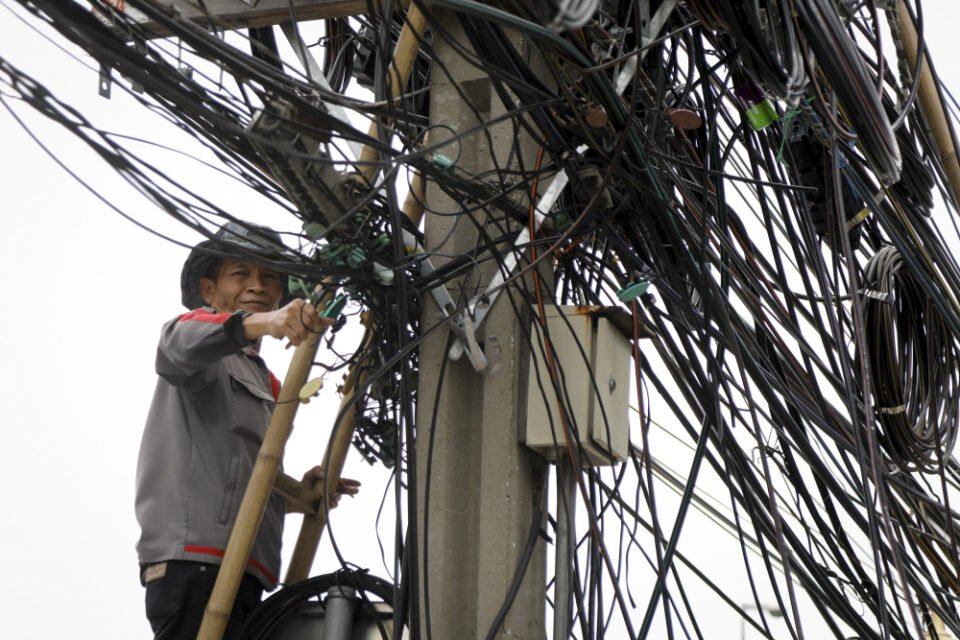Pattaya, a key city in the Eastern Economic Corridor (EEC), is undertaking a major urban change to cement its status as a prime tourism and investment hub.
The city has begun an ambitious infrastructure renovation, which includes a ground-breaking underground utility installation project along South Pattaya Road and Walking Street.
Pattaya City is carrying this program forward in partnership with the Provincial Electricity Authority (PEA) and numerous connected agencies.
The extensive burial of high-voltage power lines and communication cables across the South Pattaya and Walking Street communities is critical to this project.
The Pattaya City Administration, the Regional Electricity Authority (NT), public and commercial communication institutions, cable TV providers, and the Public Relations Department are all working together to ensure the project runs smoothly.
Municipal officials are continuously monitoring the project’s development through on-site inspections, led by the Mayor’s Office.
The main goals are to improve the city’s scenic appeal and update its infrastructure. A partnership of 36 businesses is responsible for managing the project’s nine routes, which total 20 kilometers.
Seven of these routes, including those in North and Central Pattaya, have already been successfully finished.
Dedicated crews are currently hard at work in the South Pattaya zone, focusing not only on technical elements but also on lighting control for a unified visual outcome.
The total funding provided for this transition is roughly 3.1 billion baht.
The Provincial Electricity Authority is committed to completing the project on time, with completion expected this year. Within the broader EEC objective, this program corresponds with Pattaya’s ambition of becoming a primary tourism and investment hub.
Aside from the underground utility upgrades, the government has set aside billions of baht for other critical projects, including a high-speed railway venture, the expansion and elevation of U-Tapao Airport, an advanced aircraft maintenance center, logistical improvements, and the development of a deep-sea port.
These initiatives, taken together, establish the EEC as a complex transportation and economic gateway, expanding its relevance beyond tourism.




